
Henri Lebasque, french painter, was born at Champigné. His work is represented in French museums, notably Angers, Geneva (Petit Palais), Lille (Musée des Beaux-Arts), Nantes, and Paris (Musée d’Orsay).He started his education at the Ecole des Beaux-Arts d’Angers, and moved to Paris in 1886. There, Lebasque started studying under Léon Bonnat, and assisted Ferdinand Humbert with the decorative murals at the Panthéon. Around this time, Lebasque met Camille Pissarro and Auguste Renoir, who later would have a large impact on his work.
Lebasque's vision was coloured by his contact with younger painters, especially Edouard Vuillard andPierre Bonnard, founders of the The Nabis' Group, who were the Intimists that first favoured the calm and quietude of domestic subject matter. From his first acquaintance with Georges Seurat and Paul Signac, Lebasque learnt the significance of a colour theory which stressed the use of complementary colours in shading.
Lebasque was a founding member of the Salon d'Automne in 1903 with his friend Henri Matisse. Two years later, a group of artists exhibited there including Georges Rouault, André Derain, Edouard Vuillard, and Matisse. Lebasque also became friends with artists such as Gustave Rouault, Raoul Dufy, Louis Valtat, and Henri Manguin, the last of whom introduced Lebasque to the South of France.
His time in South of France would lead to a radical transformation in Lebasque’s paintings, changing his colour palette forever. Other travels included the Vendée, Normandie, and Brittany, Lebasque had some commercial success during his lifetime. He worked on the decorations at the theatre of the Champs-Elysées and of the Transatlantique sealiner.
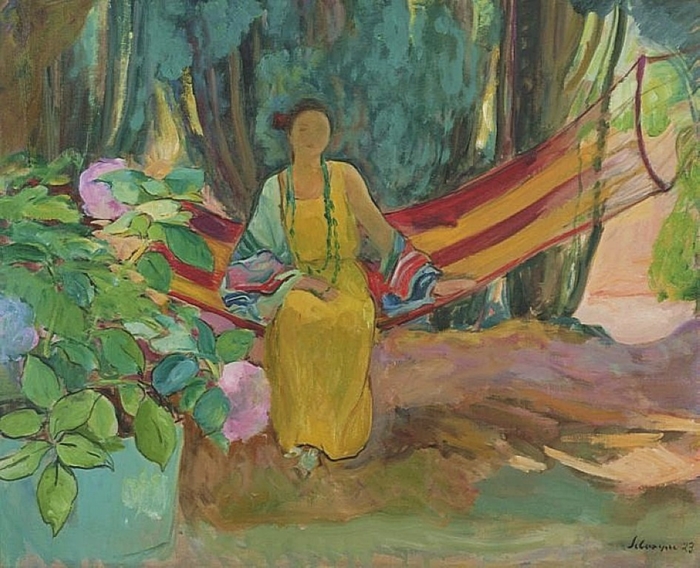

Henri Lebasque, pintor francés, nació en Champigné. Su obra está representada en los museos franceses, en particular Angers, Ginebra (Petit Palais), Lille (Museo de Bellas Artes), Nantes y París (Musée d'Orsay).Comenzó sus estudios en la Ecole des Beaux-Arts d'Angers, y se trasladó a París en 1886. Allí, comenzó a estudiar bajo Lebasque Léon Bonnat y asistido Ferdinand Humbert con los murales decorativos en el Panteón. Alrededor de este tiempo, Lebasque reunió Camille Pissarro y Auguste Renoir , quien más tarde tendría un gran impacto en su trabajo.
De Lebasque visión fue matizada por su contacto con los pintores más jóvenes, especialmente Édouard Vuillard y Pierre Bonnard , fundadores del Grupo Los Nabis , que eran los intimistas que primero favoreció la calma y la quietud de la materia interna. Desde su primer encuentro con Georges Seurat y Paul Signac, Lebasque aprendió el significado de una teoría del color que hacía hincapié en el uso de colores complementarios en el sombreado.
Lebasque fue miembro fundador del Salón de Otoño en 1903 con su amigo Henri Matisse . Dos años más tarde, un grupo de artistas expuestos en él incluidos Georges Rouault, André Derain, Edouard Vuillard y Matisse . Lebasque También se hizo amigo de artistas como Gustave Rouault, Raoul Dufy, Louis Valtat y Henri Manguin, el último de los cuales introdujo Lebasque al sur de Francia.
Su tiempo en el sur de Francia daría lugar a una transformación radical en la Lebasque pinturas, cambiando su paleta de colores para siempre. Otros viajes incluyen la Vendée, Normandía y Bretaña, Lebasque tuvo algo de éxito comercial durante su vida. Él trabajó en la decoración en el teatro de los Campos Elíseos y del sealiner Transatlantique.







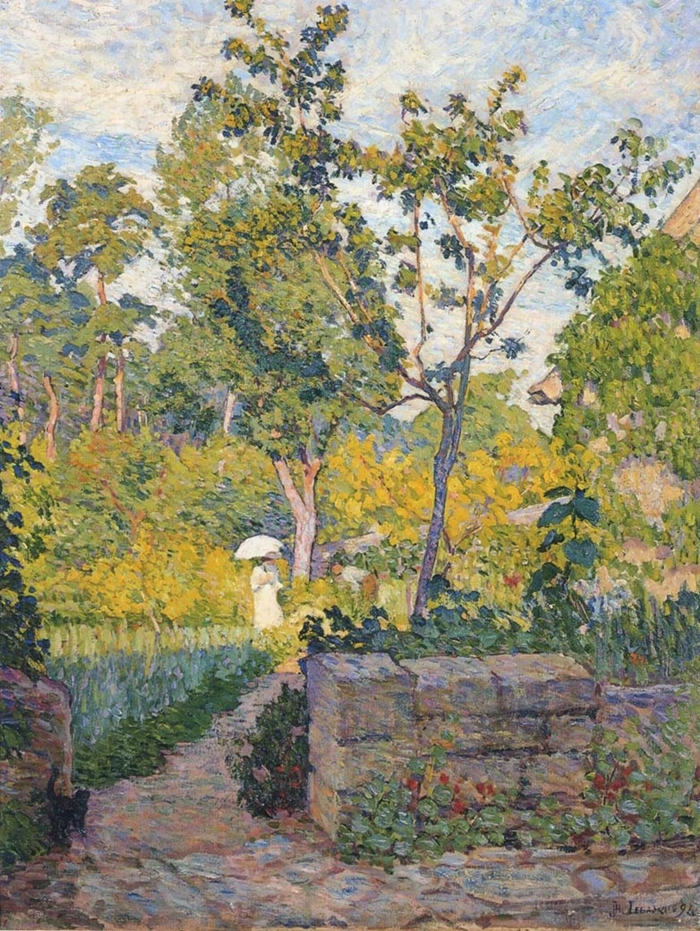
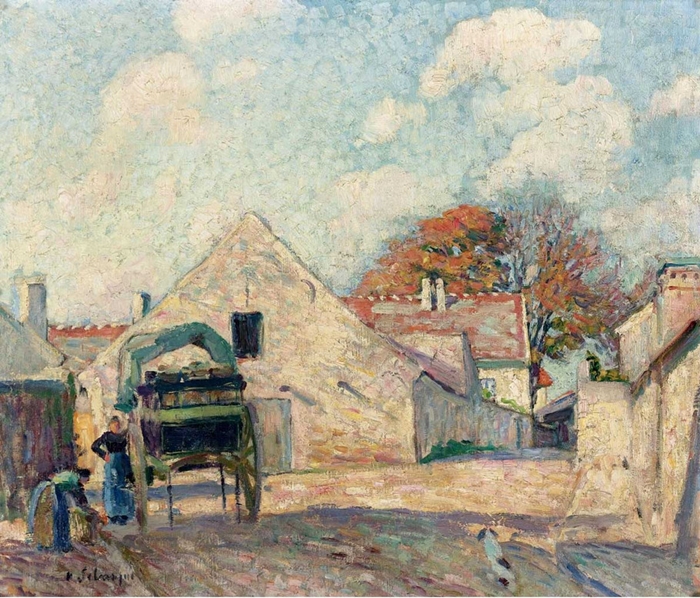
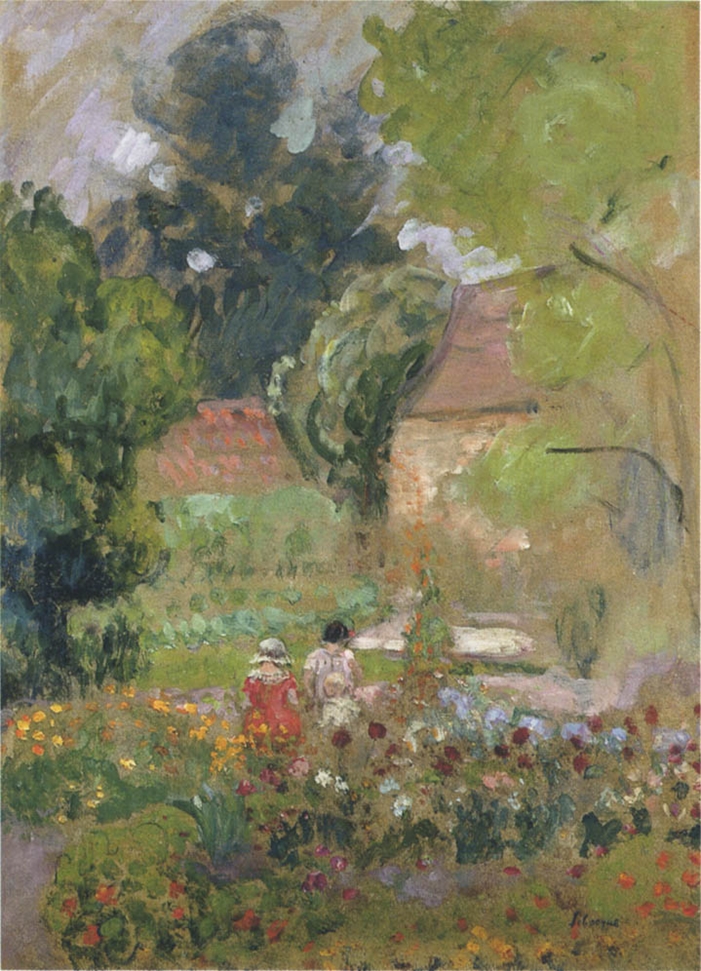



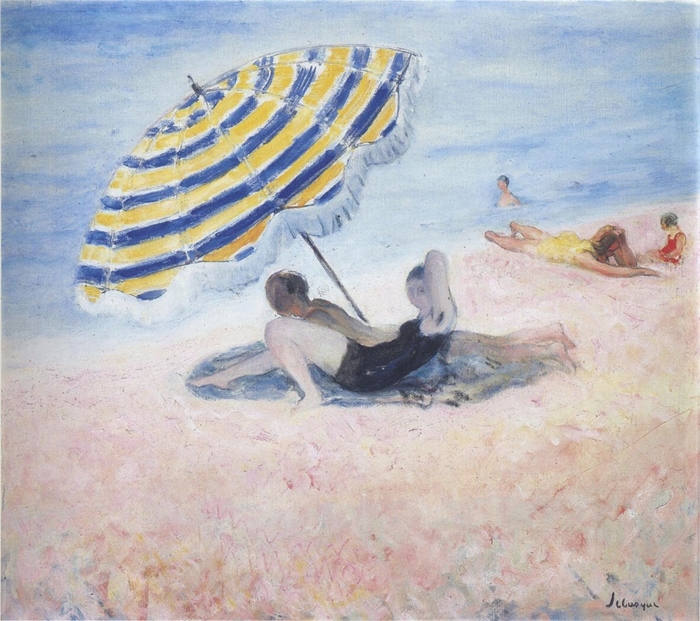


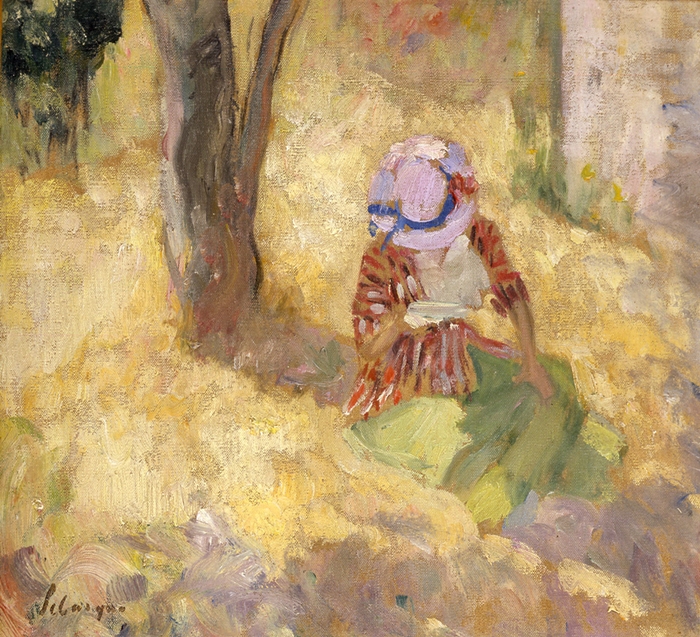
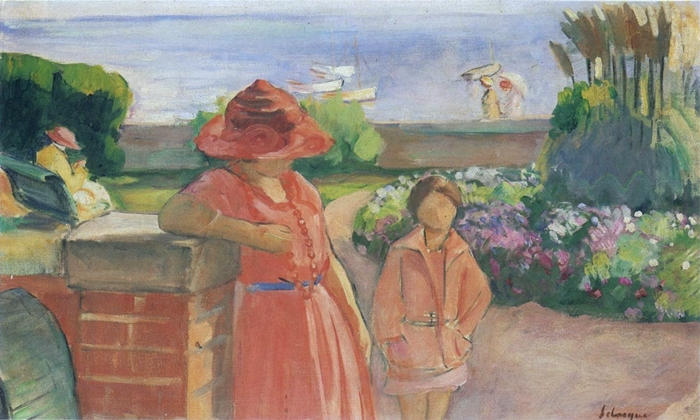










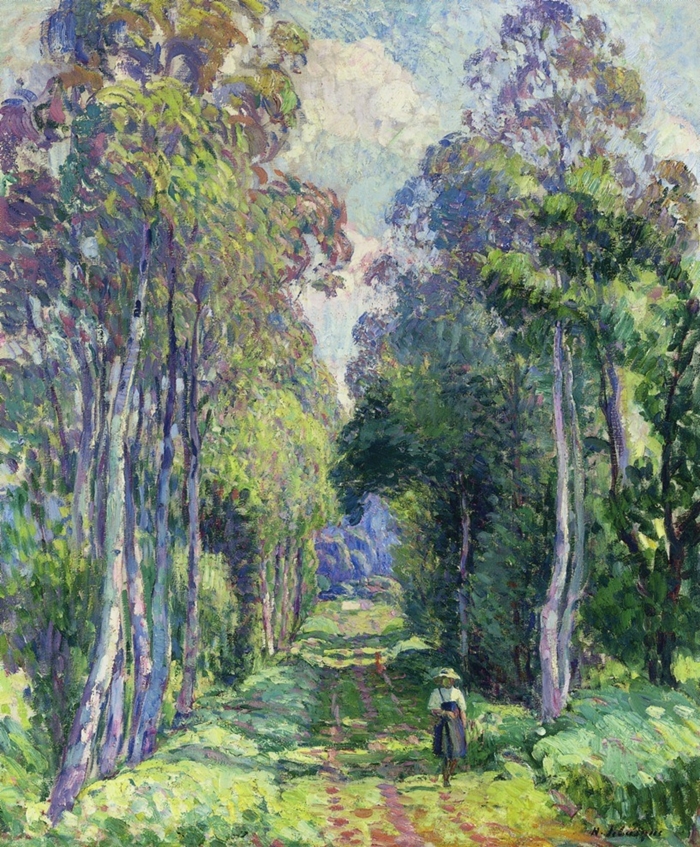





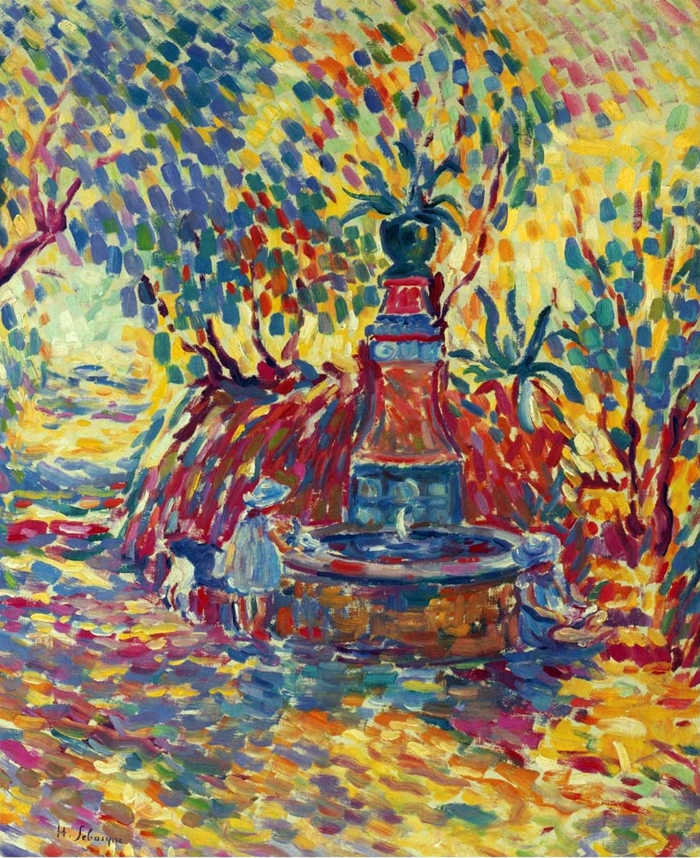
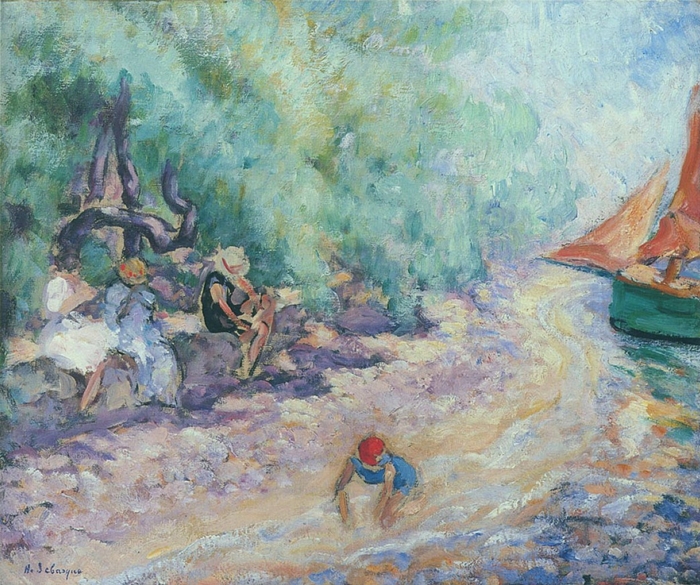
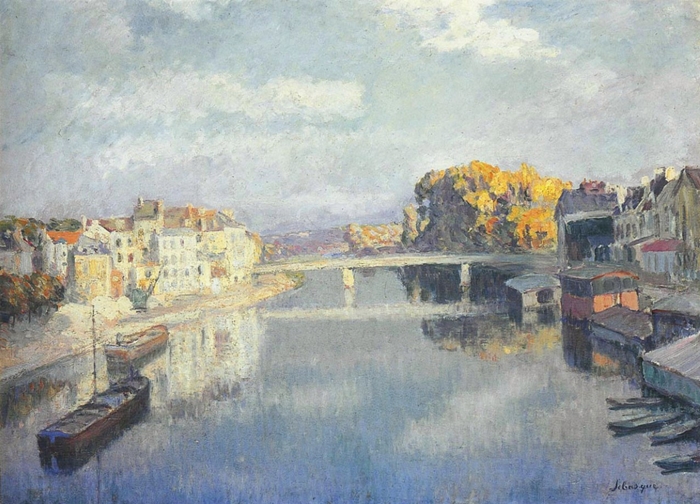




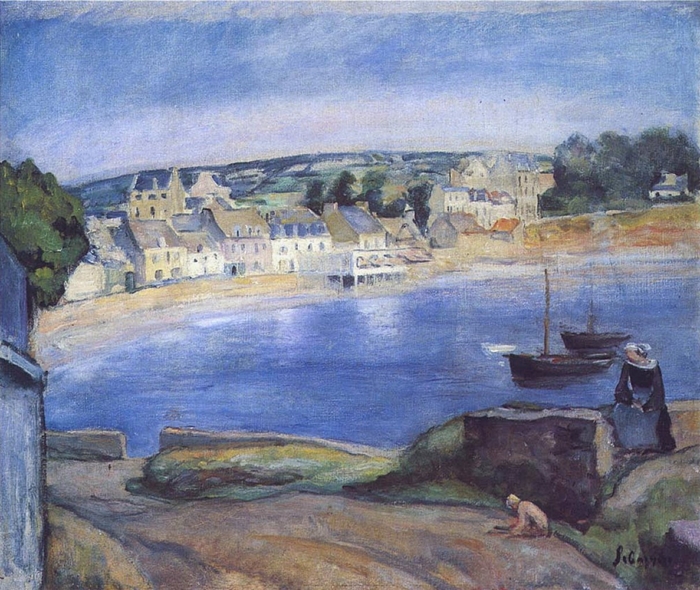

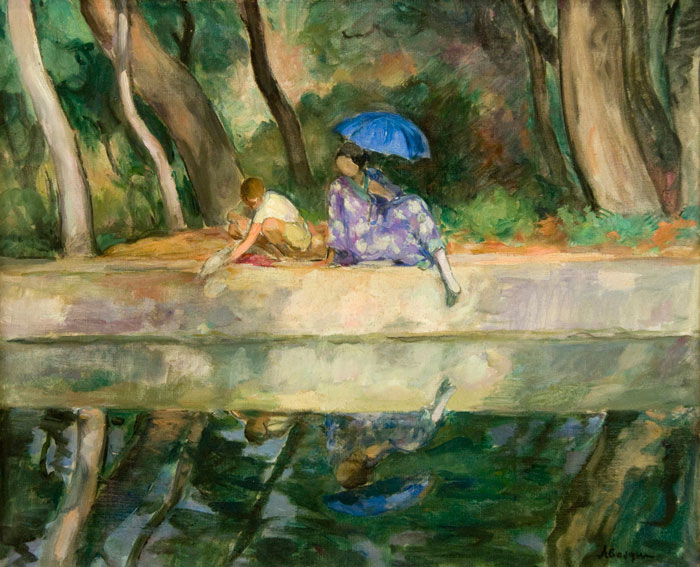
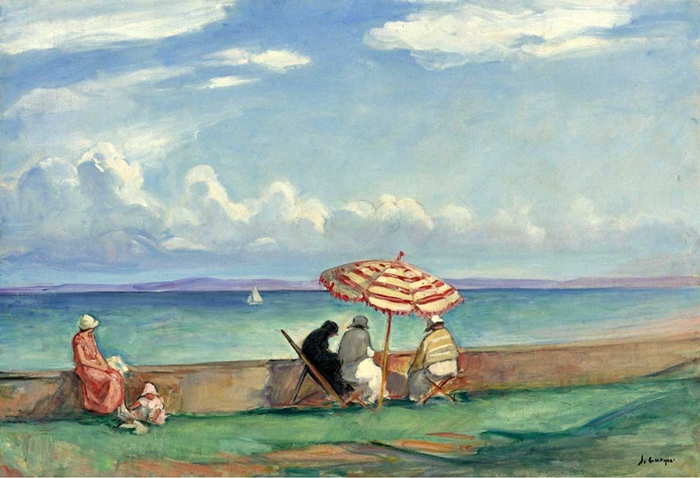
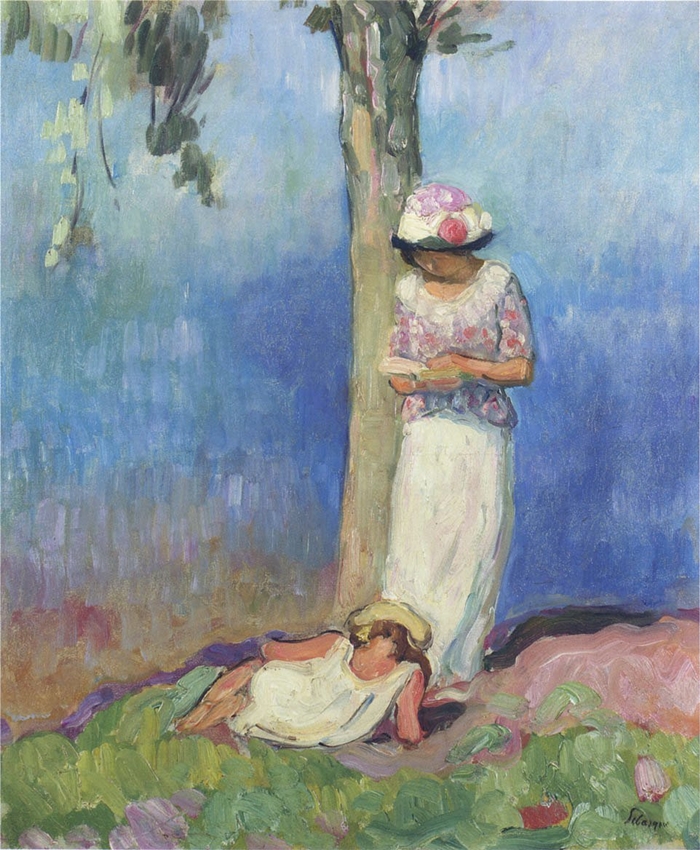
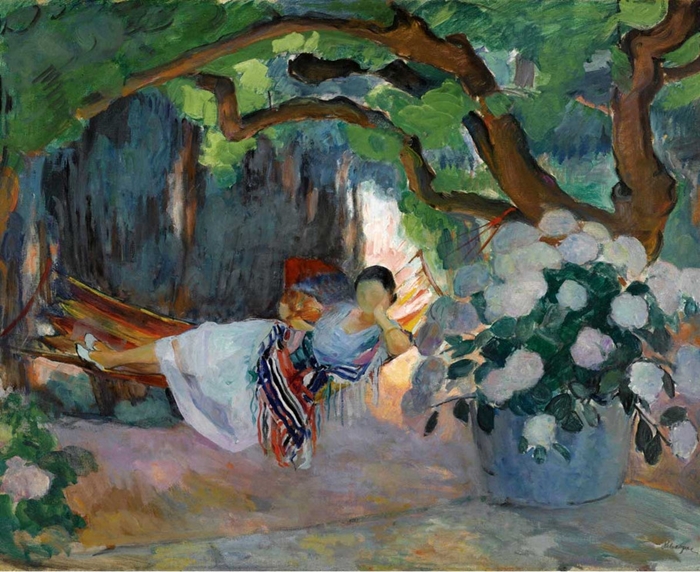

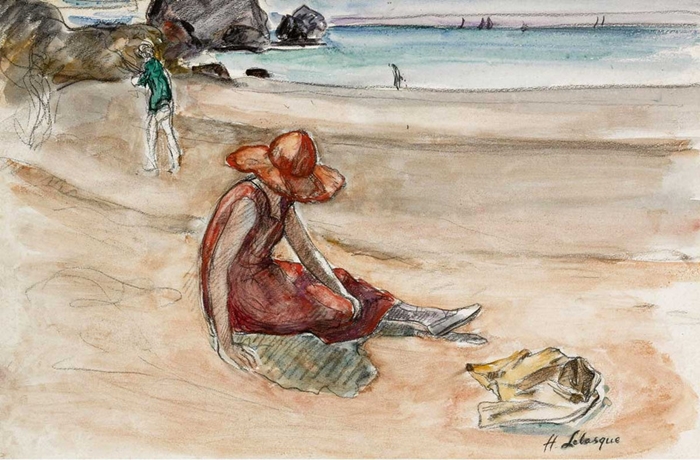
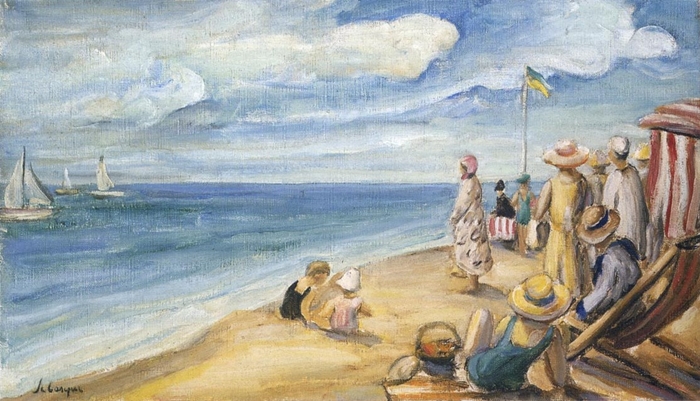

De Lebasque visión fue matizada por su contacto con los pintores más jóvenes, especialmente Édouard Vuillard y Pierre Bonnard , fundadores del Grupo Los Nabis , que eran los intimistas que primero favoreció la calma y la quietud de la materia interna. Desde su primer encuentro con Georges Seurat y Paul Signac, Lebasque aprendió el significado de una teoría del color que hacía hincapié en el uso de colores complementarios en el sombreado.
Lebasque fue miembro fundador del Salón de Otoño en 1903 con su amigo Henri Matisse . Dos años más tarde, un grupo de artistas expuestos en él incluidos Georges Rouault, André Derain, Edouard Vuillard y Matisse . Lebasque También se hizo amigo de artistas como Gustave Rouault, Raoul Dufy, Louis Valtat y Henri Manguin, el último de los cuales introdujo Lebasque al sur de Francia.
Su tiempo en el sur de Francia daría lugar a una transformación radical en la Lebasque pinturas, cambiando su paleta de colores para siempre. Otros viajes incluyen la Vendée, Normandía y Bretaña, Lebasque tuvo algo de éxito comercial durante su vida. Él trabajó en la decoración en el teatro de los Campos Elíseos y del sealiner Transatlantique.























































No hay comentarios:
Publicar un comentario